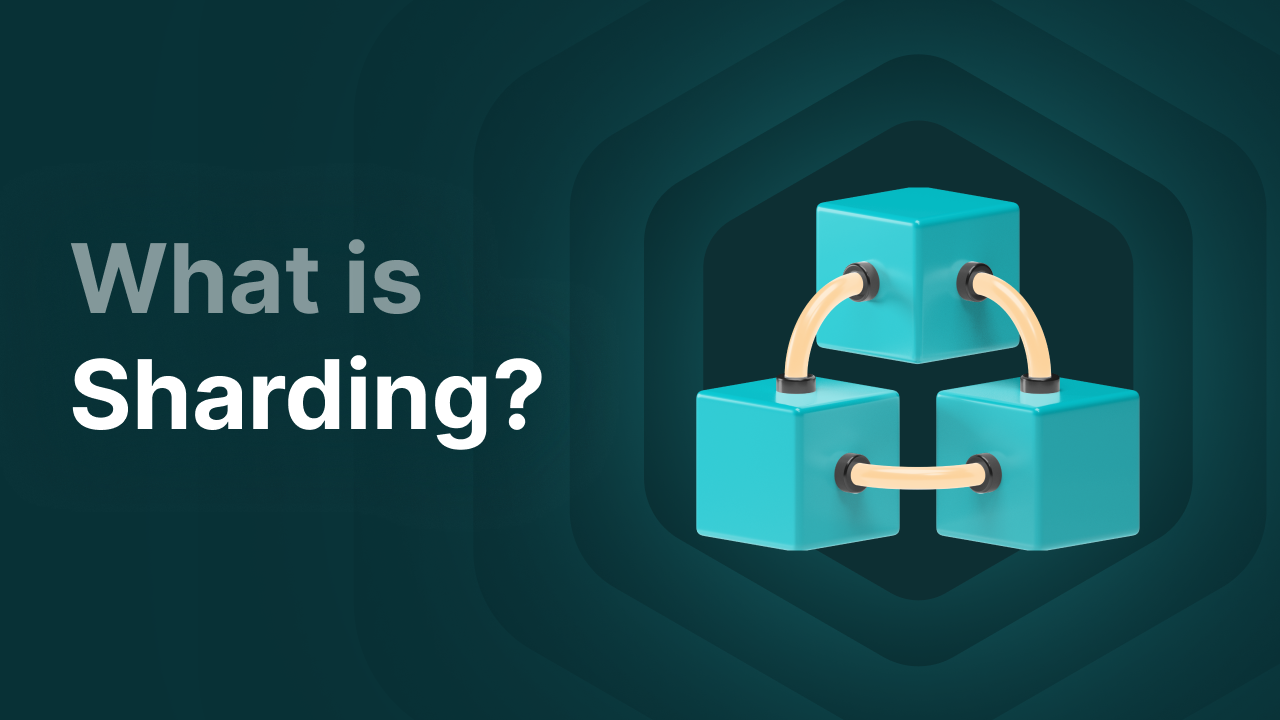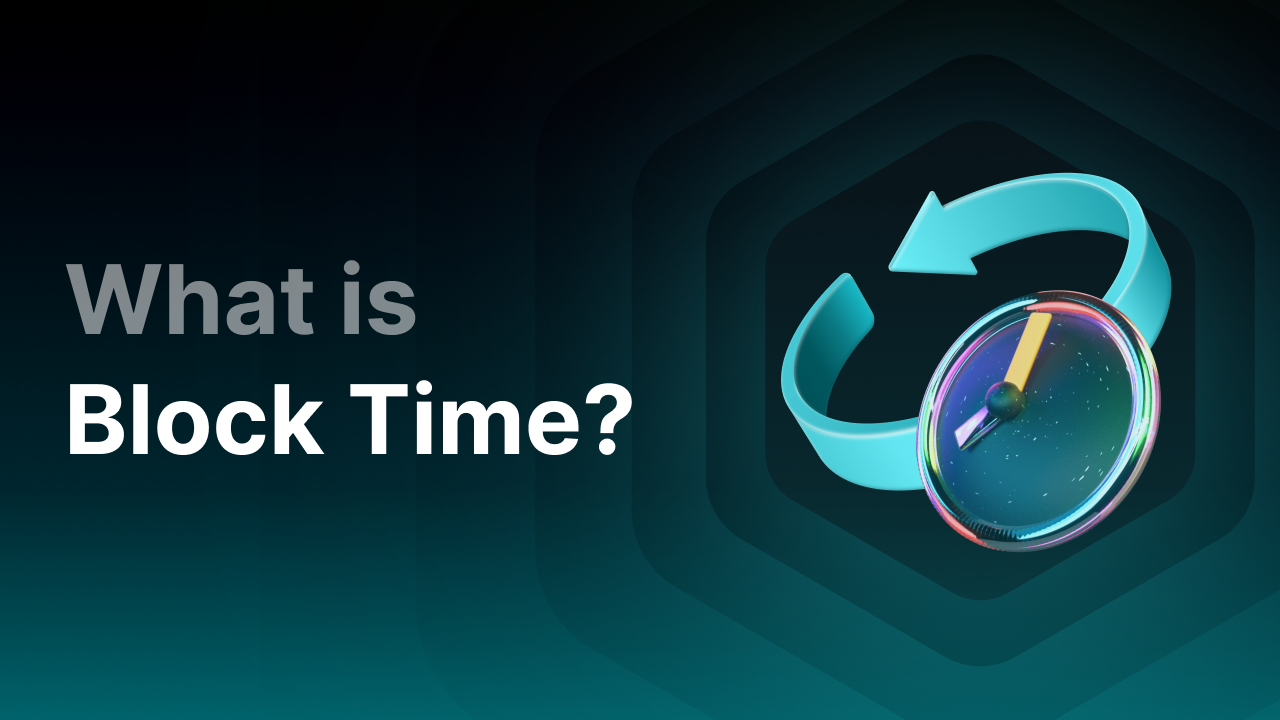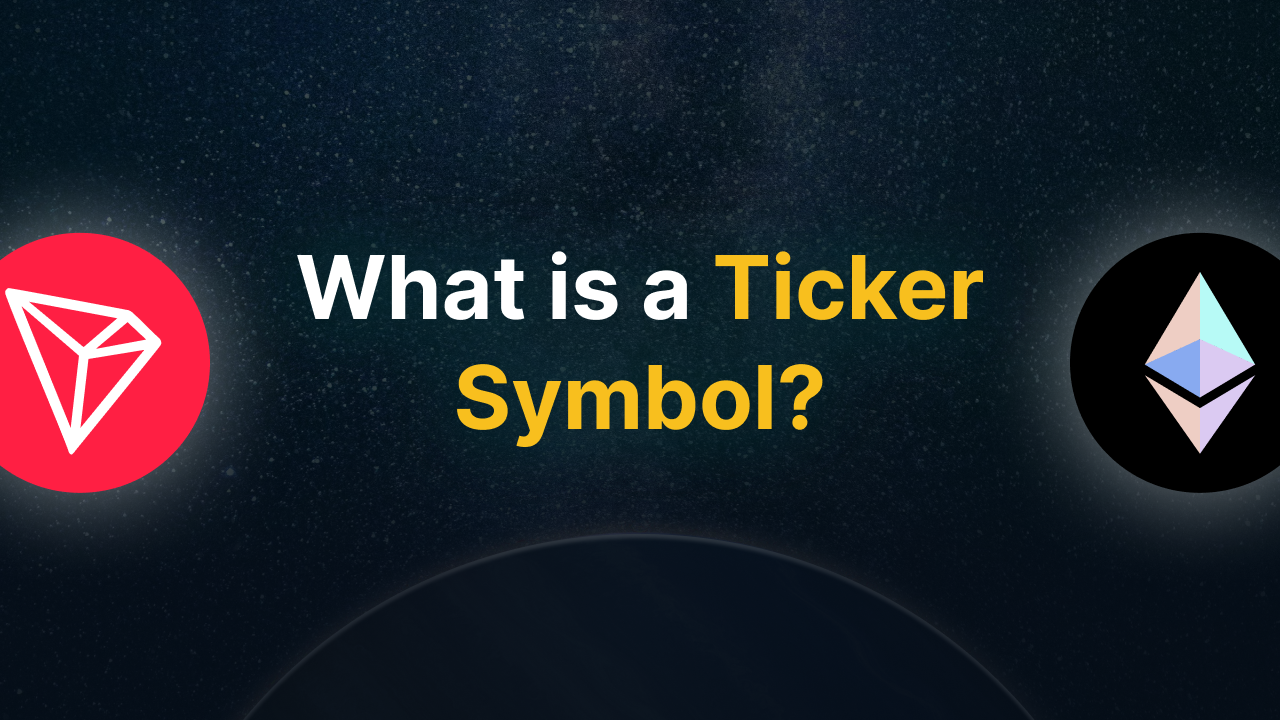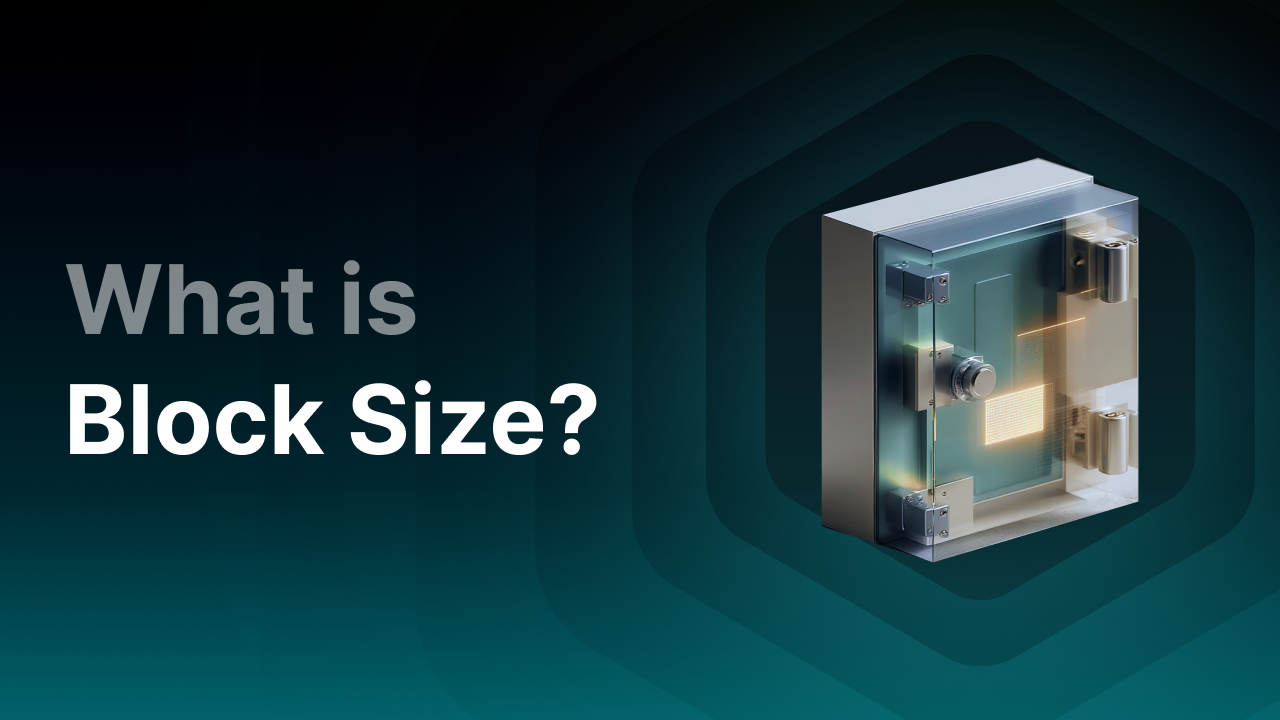What is sharding in crypto?

What is sharding in crypto?
Sharding is a concept that improves the scalability of blockchains by splitting large blockchains into smaller parts (shards). Essentially, data is distributed across shards so it can be processed simultaneously. This is done via multiple parallel chains, each processing its own set of data (subnet). This approach enables greater scalability, higher processing capacity, and more transactions per second (TPS).
Shards solve a fundamental problem: every node must keep track of and process every transaction, which creates high load and limits scalability. Instead, shards handle most of the workload before sending the data to nodes for final inclusion in the blockchain.
Shards operate without centralized systems (like centralized data processors) or off-chain solutions, which allows the network to remain fully decentralized.
Sharding is a Layer 1 solution, also called base layer. Blockchains typically consist of the mainnet (main chain), Layer 1, and Layer 2. The mainnet and Layer 1 are interdependent. Layer 1 is the technical foundation of a blockchain, while the mainnet is the live implementation. All real transactions occur on the mainnet, and any change to Layer 1 directly affects how the mainnet functions.
Example: Think of it like a house. Layer 1 is the foundation and framework: the walls, plumbing, and electricity. The mainnet is when you live in it and everything works. If you make changes to the foundation, like building an extension or adding a new bathroom, it impacts how you live in the house. This is similar to sharding: if the household gets too big and everything becomes sluggish, you can divide the house into multiple well-organized rooms, each with its own amenities. That’s what sharding does in a blockchain: it splits the network into smaller parts (shards), so transactions can be processed in parallel without overloading the system.
Key Takeaways
-
Sharding splits a blockchain into parallel-running shards so that transactions can be processed simultaneously. This significantly increases the transaction speed (TPS).
-
Nodes only need to process a portion of the blockchain rather than the entire thing. This improves efficiency and lowers hardware requirements.
-
Coordinating transactions between shards requires complex protocols. Additionally, smaller shards are more vulnerable to attacks such as a 51% attack.
-
As a Layer 1 solution, sharding operates within the blockchain itself without compromising decentralization or security.
How does sharding work?
Sharding in crypto works by dividing the blockchain into various data processors (shards) that function in parallel. Thanks to the parallel processing of data, more data can be handled at once, resulting in a higher transaction processing speed, measured in transactions per second (TPS).
Each shard consists of its own subset of data and smart contracts. Validators or nodes within a shard are responsible for processing transactions and maintaining the state of the blockchain, also called the ‘state’.
The operation of shards is monitored by coordination mechanisms. These mechanisms oversee how shards work together and facilitate the exchange of information between shards. This prevents double spending or conflicts and makes it possible to process transactions in parallel rather than linearly, as is the case with traditional blockchains.
Not all blockchains use the same system for sharding. For example, Ethereum 2.0 (where shards have not yet been implemented) uses a Beacon Chain to coordinate shards and maintain consensus. Polkadot uses a similar system, the Relay Chain, which manages and coordinates the parachains.
There are also blockchains experimenting with other sharding models, such as more autonomous structures where shards operate independently with minimal central coordination.
These models differ in execution but share common goals:
-
Preventing double-spending
-
Maintaining the state of the digital ledger
-
Properly coordinating transactions between shards
Structure of shards
Each shard operates independently, meaning it is responsible for certain tasks, such as transferring data correctly to other shards and the rest of the blockchain. Each shard:
-
Maintains its own status, such as wallet balances and smart contract data
-
Receives and processes its own subset of transaction data
-
Is maintained by a group of validators or nodes assigned to that shard
Cross-shard communication
Some transactions may involve multiple shards. For example, when user A wants to send tokens to user B, and their wallets are on different shards. Another case is when a smart contract needs information from another smart contract, and they are on different shards.
These cross-shard interactions present technical challenges, such as the need for multi-step transaction handling. There are several solutions for this, including:
-
Asynchronous processing, where a transaction proceeds in multiple steps between shards.
-
Message passing protocols that allow shards to send messages to each other through a coordination mechanism.
Verification and security techniques in sharding
Shards must also verify data from other shards for correctness and integrity. Therefore, mechanisms have been developed to ensure system reliability. These include:
-
Fraud proof
A fraud proof demonstrates that a transaction or block is invalid. If a shard makes a mistake, another party can prove it using a fraud proof. This is common in systems like distributed ledger technology, where all transactions are presumed valid unless proven otherwise. -
Validity proof
A validity proof (such as a zk-SNARK or zk-STARK) is a cryptographic proof showing that a computation or transaction was executed correctly. It is more efficient than fraud proofs because no error needs to be detected. Validity proofs are often used in ZK-rollups (Layer 2 solutions). -
Data availability sampling
This technique involves nodes randomly checking pieces of a block to verify that the full data is available to the network. This is crucial to prevent a shard or rollup from passing incomplete data that cannot be verified.
Does Ethereum use sharding?
Yes, Ethereum plans to implement sharding in the future as part of its scalability strategy. At the time of writing, sharding is not yet implemented. However, some features have already been introduced to enable sharding on Ethereum, such as the Beacon Chain and the introduction of blobs through EIP-4844, allowing for more efficient data handling and avoiding permanent storage of unnecessary data on the blockchain.
With the implementation of danksharding, Ethereum is expected to apply sharding in the future, which will significantly impact its usability by making it much more scalable and user-friendly. Sharding is therefore part of the Ethereum 2.0 roadmap, a timeline consisting of several upgrades, such as the shift from Proof of Work to Proof of Stake and the introduction of rollups.
The goal of Ethereum 2.0 is to handle thousands of transactions per second without compromising decentralization or security. This aims to drive mass adoption by millions of users globally and make Ethereum faster, cheaper, and more user-friendly.
Which crypto uses sharding?
Several blockchains use sharding. Each has built its own infrastructure, meaning sharding works differently in practice across platforms. The goal is the same everywhere: to make the network more efficient. Examples include:
-
Zilliqa: One of the first blockchains to use sharding in production. The network distributes all transactions across multiple shards.
-
Elrond (MultiversX): Uses Adaptive State Sharding and claims to achieve very high transaction speeds.
-
NEAR Protocol: Applies dynamic sharding, where the number of shards adjusts based on network load.
What is the difference between sharding and blockchain technology?
Blockchain technology is the underlying system, while sharding is a technique that makes blockchain usage more efficient by offering a scalability solution. Sharding is built on top of the blockchain, specifically on Layer 1. This layer ensures the blockchain operates, achieves consensus, validates transactions, and secures the network.
Sharding supports the blockchain by processing data more efficiently. It offloads the blockchain by handling data in parallel across shards. Without sharding, a node must check the entire blockchain and validate all transactions. With sharding, a node only processes a fraction of the network, leading to greater scalability.
In other words: blockchain is the foundation, sharding is a construction technique that makes the structure more efficient.
Advantages of sharding
Sharding offers several advantages for blockchain networks:
-
Scalability: Parallel processing increases scalability, which can significantly boost the number of transactions per second.
-
Efficiency: Sharding ensures nodes process less data and don’t need to check the entire blockchain, making the system more efficient and drastically reducing the overall network load.
-
Cost reduction: Lower network load can lead to lower transaction fees.
-
Accessibility: Since nodes process less data, lower hardware requirements make the network more accessible for participants.
Challenges of sharding
Despite its benefits, sharding also presents several complex challenges:
-
Security: Smaller shards can be more vulnerable to attacks, as fewer validators or nodes secure the shard. This makes it easier to carry out a 51% attack within a shard.
-
Complexity: Designing a reliable sharding mechanism requires advanced protocols for communication and coordination between shards.
-
Cross-shard communication: Transactions between shards are technically harder to execute than those within a single chain.
-
Data availability: Ensuring that data from other shards remains available and verifiable is critical to the network’s integrity, especially since nodes typically process only part of the network and cannot see the full blockchain.
-
Decentralization: By dividing the network into smaller shards, some shards may become more attractive or important than others. This can lead to unequal power or participation distribution, potentially putting overall network decentralization at risk.
Final thoughts
Sharding offers a promising solution to one of blockchain technology’s biggest challenges: scalability without compromising decentralization or security. By dividing the network into parallel-running shards, blockchains like Ethereum will be able to handle significantly more transactions with less load per node in the future. Although the technique is still in development and faces challenges in coordination and security, sharding represents a foundational innovation for the next generation of decentralized networks. It is not a temporary fix, but a structural adjustment that can significantly enhance blockchain scalability.




